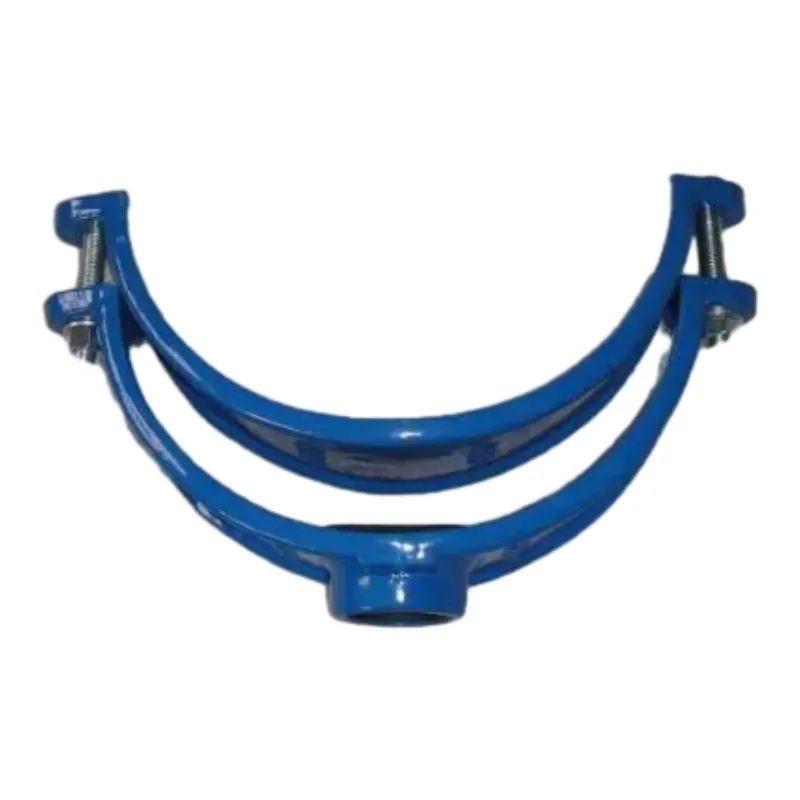Innovative Safety Solutions with Escalator Bollards for Enhanced Public Spaces
The Importance of Escalator Bollards in Modern Infrastructure
In our rapidly evolving urban landscapes, the design and functionality of public spaces have become a crucial focus for city planners and architects alike. Among the myriad elements that contribute to safety and efficiency in such environments, escalator bollards have emerged as vital components. These sturdy vertical posts, typically found at the entrance of escalators or other transit areas, play an essential role in enhancing both safety and user experience.
Safety First Protecting Users and Preventing Accidents
One of the primary purposes of escalator bollards is to safeguard individuals using escalators. Without proper barriers or guides, passengers can inadvertently misstep, which can lead to serious accidents or falls. Bollards act as a physical reminder of where to stand and provide a clear visual cue that helps channel pedestrian traffic effectively. By marking the boundary between pedestrian walking areas and the escalator entrance, these structures significantly reduce the likelihood of accidents, especially in high-traffic areas where the hustle and bustle can lead to moments of distraction.
Moreover, escalator bollards can also deter inappropriate behavior around escalators. In spaces like shopping malls, train stations, or airports, where crowds can gather, people may be tempted to lean against or cross over the escalator line. Bollards can help discourage such actions, ensuring that individuals respect the designated areas, ultimately contributing to a safer environment for everyone.
Aesthetic Appeal Blending Function with Style
While the primary function of escalator bollards is safety, it is essential to note that they can also enhance the aesthetic appeal of a public space. With advancements in design, modern bollards come in a variety of materials, colors, and styles, allowing them to complement the overall architecture of their surroundings. From sleek stainless steel finishes to colorful, durable plastics, there are options available to suit various design themes, whether it be contemporary, industrial, or classic.
escalator bollards

Instituting visually appealing bollards can contribute to the ambiance of a location, encouraging more foot traffic and enhancing the user experience. When individuals feel safe and enjoy their surroundings, they are more likely to frequent these spaces, bolstering local businesses and fostering community engagement.
Environmental Considerations Sustainability in Design
In line with the global push for sustainability, many manufacturers are now producing escalator bollards with eco-friendly materials and design practices. This trend not only supports environmental stewardship but also appeals to a growing demographic of eco-conscious consumers. Bollards made from recycled materials or designed to minimize production waste reflect a commitment to sustainable urban development, making them an attractive choice for cities aiming to reduce their carbon footprint.
The Future of Escalator Bollards
As technology continues to advance, the design and functionality of escalator bollards may evolve further. Innovations such as integrated lighting for visibility in low-light conditions or sensors that detect pedestrian flow and improve traffic management could make these fixtures even more effective in ensuring safety. Furthermore, the potential for smart features, such as connectivity with urban infrastructure, could lead to enhanced monitoring and response capabilities in emergency situations.
In conclusion, escalator bollards serve a crucial role in urban infrastructure, intertwining safety, design, and sustainability. As urban areas continue to grow and transform, the importance of these seemingly simple structures cannot be underestimated. By prioritizing the thoughtful placement and design of escalator bollards, city planners can help create public spaces that are not only safe and efficient but also inviting and aesthetically pleasing for all users.
-
The Smarter Choice for Pedestrian AreasNewsJun.30,2025
-
The Gold Standard in Round Drain CoversNewsJun.30,2025
-
The Gold Standard in Manhole Cover SystemsNewsJun.30,2025
-
Superior Drainage Solutions with Premium Gully GratesNewsJun.30,2025
-
Superior Drainage Solutions for Global InfrastructureNewsJun.30,2025
-
Square Manhole Solutions for Modern InfrastructureNewsJun.30,2025
-
Premium Manhole Covers for Modern InfrastructureNewsJun.30,2025
